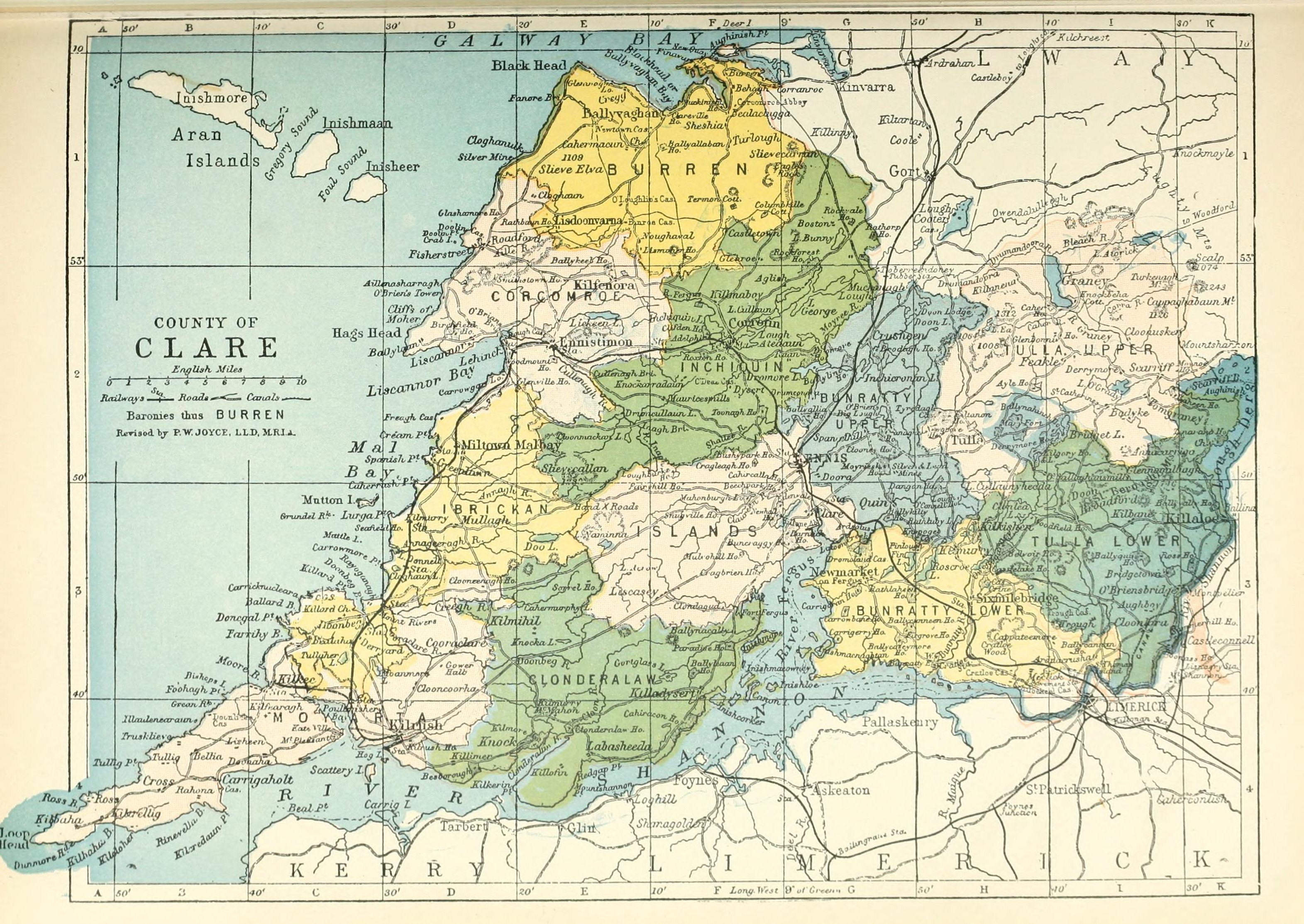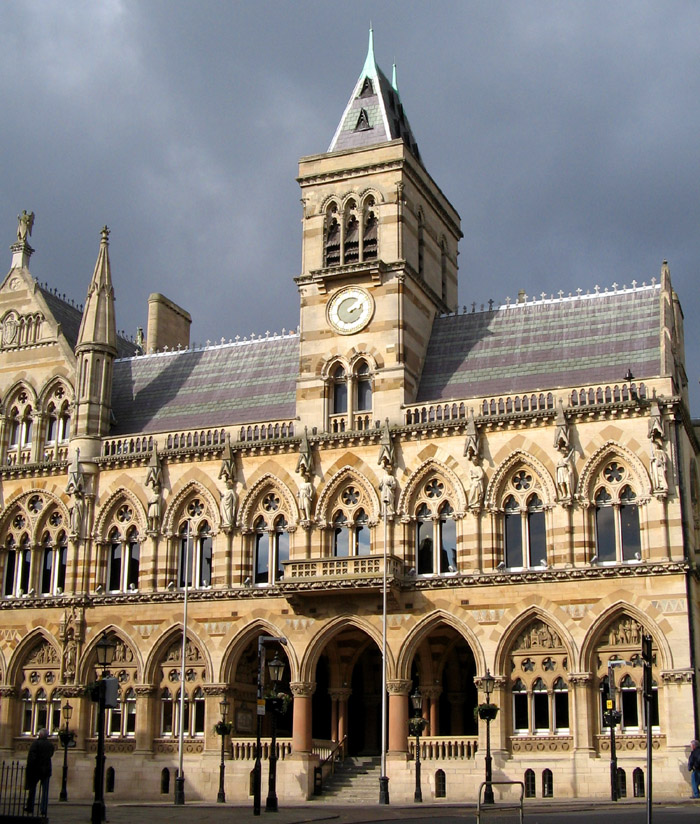|
Pallaskenry
Pallaskenry () is a village in County Limerick, Ireland. The village is located about west of Limerick city, close to the River Shannon estuary. The town is reached by travelling about five kilometres (~3 miles) north off the N69 National Route that runs west from the city. Pallaskenry is a satellite town of Limerick city, many of its inhabitants work in the city but many also work in Shannon Town, County Clare (north across the estuary), and Askeaton, a town further west of Pallaskenry. History and name Pallaskenry derives its name from Kenry Castle (the palisaded castle of Kenry), nowadays known as Shanpallas Castle. It was one of the principal ancient castles of County Limerick. Kenry Castle was the original property of Russells as part of the territories or Ardcanny and Chapelrussell (incl. Pallas itself) which was acquired by the first Knight of Glin, Sir John fitz John. It was later in the possession of Henry Fitzgerald, grandson of the first Knight in 1330 and se ... [...More Info...] [...Related Items...] OR: [Wikipedia] [Google] [Baidu] |
Pallaskenry GAA
Kildimo-Pallaskenry GAA is a Gaelic Athletic Association club located in Pallaskenry, County Limerick, Ireland. It was founded in 1906 and the following are some significant dates from its history: History and achievements *1906 Pallaskenry affiliated to County Board. *1912 County Junior hurling final against Claughaun, played in 1914 in Markets Field, Pallaskenry lost 3-2 to 2-3 *1916 Joined with Kildimo. *1920 Parted from Kildimo. *1936 West Junior A hurling final against Knockaderry. Pallaskenry lost 7-5 to 1-3. *1950 Joined Kildimo. *1951 Pallaskenry field opened and blessed. *1953 Kildimo/Pallaskenry enter City Division. *1953 Kildimo/Pallaskenry lost City Junior hurling final to the Mental Hospital (the Mental Hospital's staff by the way) *1955 Kildimo/Pallaskenry won City Junior football final, beat Claughaun 0-3 to 0-2. *1956 Kildimo/Pallaskenry won City Junior hurling final, beat St Patricks 2-7 to 2-4. *1958 Kildimo/Pallaskenry won City Junior hurling final, beat Ba ... [...More Info...] [...Related Items...] OR: [Wikipedia] [Google] [Baidu] |
Salesian Secondary College
Salesian Secondary College, formerly Copsewood College, is a secondary school located outside the village of Pallaskenry, County Limerick, Ireland. The school campus is owned by the Salesians and shared with Pallaskenry Agricultural College. As of 2024, there were over 700 students enrolled in the school's co-educational program. The school's webpage describes its mission as providing an education based on Catholic values while incorporating the characteristics of Salesian Education. The basis of that pedagogy is the Salesian Preventive System, which is based on the experience of the 19th-century Saint John Bosco. Curriculum Salesian Secondary College's curriculum comprises six-year post-primary education, with a three-year junior cycle to the Junior Certificate and a three-year senior cycle to the Leaving Certificate. History and facilities According to local tradition, Copsewood was named in the 19th century for Fr. Michael Copps, who lived in the house. The Salesians first ... [...More Info...] [...Related Items...] OR: [Wikipedia] [Google] [Baidu] |
Pallaskenry Agricultural College
Pallaskenry Agricultural College, officially the Salesian Agricultural College, is a private college which provides training for farmers, mechanics and salespeople for the agricultural and farm machinery industries. It is located in Pallaskenry, County Limerick, Ireland, and is owned and managed by the Salesian Fathers. The college is co-located with Salesian Secondary College. The Salesians also previously ran an agricultural and horticultural college at Warrenstown College Warrenstown College was an agricultural and horticultural college run by the Salesians of Don Bosco, Salesian congregation, in Drumree, County Meath. History The Salesian order received the lands in Drumree under the will of Elizabeth Lynch, a d ... in County Meath. The college runs courses in partnership with Limerick Institute of Technology (LIT), Teagasc, FETAC, HETAC, City & Guilds, Fás and Limerick VEC. Courses include an Advanced Certificate in Agriculture and an Advanced Certificate in Agricult ... [...More Info...] [...Related Items...] OR: [Wikipedia] [Google] [Baidu] |
Kenry
Kenry (: ) is a historical barony in northern County Limerick, Ireland. Baronies were mainly cadastral rather than administrative units. They acquired modest local taxation and spending functions in the 19th century before being superseded by the Local Government (Ireland) Act 1898. History The barony takes its name from the Gaelic Irish , "Cáen's tribe." The Cáenraige were ruled by the Uí Fidgenti from the 3rd to 10th centuries AD, when the Ó Donnabháin (Donovans) took it from them; they were rulers of the Uí Chairbre prior to this and their new territory became known as Caonraighe Ui Chaibre. In the 12th century, Donal Mor O'Brien and the Anglo-Normans drove the Donovans into West Cork and Kerry. Kenry gave its name to Kenry Castle, which in turn gave its name to Pallaskenry ("palisade of Kenry"). The Book of Lecan connects Kenry to the legendary harper Uaithne, with his sons Uaithnia, Druithnia and Caínnia being the ancestors of the Uaithni, Dál Druithne and ... [...More Info...] [...Related Items...] OR: [Wikipedia] [Google] [Baidu] |
Darren Shan
Darren O'Shaughnessy (; born 2 July 1972) is an Irish writer and novelist. He is best known for his young adult fiction series '' The Saga of Darren Shan'', '' The Demonata'', and '' Zom-B'', published under the pseudonym Darren Shan. The former was adapted into a manga series from 2006 to 2009 as well as a live-action film in 2009, with a prequel series, '' The Saga of Larten Crepsley'', being released from 2010 to 2012. O'Shaughnessy has published other children's books as Darren Shan, including '' Koyasan'', and '' The Thin Executioner.'' From 2020 to 2022, he self-published his latest young adult series '' Archibald Lox''. In the past, O'Shaughnessy has also published novels for adults under the Darren Shan pseudonym, but since 2014 he has released his work for older readers under the name of Darren Dash. Early life and education O'Shaughnessy was born in St Thomas’ Hospital in London, opposite the Houses of Parliament. At the age of three, he started school at Engl ... [...More Info...] [...Related Items...] OR: [Wikipedia] [Google] [Baidu] |
List Of Towns And Villages In The Republic Of Ireland
This is a link page for cities, towns and villages in the Republic of Ireland, including townships or urban centres in Dublin, Cork, Limerick, Galway, Waterford and other major urban areas. Cities are shown in bold; see City status in Ireland for an independent list. __NOTOC__ A B C D E F G H I J K L M N O P Q R S T U V W Y See also * List of places in Ireland ** List of places in the Republic of Ireland **List of urban areas in the Republic of Ireland as defined by the Central Statistics Office. Includes non-municipal towns and suburbs outside municipal boundaries *** List of urban areas in the Republic of Ireland/2011 census *** List of urban areas in the Republic of Ireland/2006 census *** List of urban areas in the Republic of Ireland/2002 census ** List of cities, boroughs and towns in the Republic of Ireland, with municipal councils and legally defined boundaries up to 2014 ... [...More Info...] [...Related Items...] OR: [Wikipedia] [Google] [Baidu] |
County Clare
County Clare () is a Counties of Ireland, county in the Provinces of Ireland, province of Munster in the Southern Region, Ireland, Southern part of Republic of Ireland, Ireland, bordered on the west by the Atlantic Ocean. Clare County Council is the Local government in the Republic of Ireland, local authority. The county had a population of 127,938 at the 2022 census of Ireland, 2022 census. The county seat and largest settlement is Ennis. Etymology There are two main hypotheses for the origins of the county name "Clare". One is that the name is derived from Thomas de Clare, Lord of Thomond, Thomas de Clare an Anglo-Norman peer and soldier from the de Clare family, who was deeply embroiled in local politics and fighting in the 1270s and 1280 and had had acquired land in Kilkenny and Thomond that included the Castle of Clare. In 1590 County Clare was named after the castle, which is in a strategic location. An alternative hypothesis is that the county name ''Clare'' comes from ... [...More Info...] [...Related Items...] OR: [Wikipedia] [Google] [Baidu] |
2011 Census Of Ireland
The 2011 census of Ireland was held on Sunday, 10 April 2011. It was administered by the Central Statistics Office of Ireland and found the population to be 4,588,252 people. ''CSO 2011'' Before the census, the latest population estimate was published in September 2010 and calculated that the Irish population had been 4,470,700 in April 2010. The previous census took place five years earlier, on Sunday, 23 April 2006. 2016 census of Ireland, The subsequent census took place five years later, on 24 April 2016. The 2011 census was held during the same year as the |
2016 Census Of Ireland
The 2016 census of Ireland was held in 2016. It was organised by the Central Statistics Office (CSO) and reported a total population of 4,761,865, or a 3.8% increase since the prior 2011 census. This was the lowest recorded population growth rate since the 1991 census, with the decline in population growth rates attributed to both lower birth rates and lower net migration. The census results were released gradually between April and December 2017 in a series of reports organised either as summaries or in-depth results of specific themes, like age, ethnicity, or religion. The following census took place in April 2022, having been delayed for one year due to the COVID-19 pandemic. Background Although Irish law does not prescribe a regular interval for administering censuses, ''Census 2016'' was held in accordance with Irish government tradition since 1951 to administer a census on a Sunday in April on years ending with the numbers '1' or '6'. This incidentally coincided with ... [...More Info...] [...Related Items...] OR: [Wikipedia] [Google] [Baidu] |
Edward William Godwin
Edward William Godwin (26 May 1833 – 6 October 1886) was a progressive English architect-designer, who began his career working in the strongly polychromatic "John Ruskin, Ruskinian Gothic" style of mid-Victorian Britain, inspired by ''The Stones of Venice (book), The Stones of Venice'', then moved on to provide designs in the "Anglo-Japanese taste" of the Aesthetic movement in the 1870s, after coming into contact with Japanese culture in the 1862 International Exhibition in London. Godwin's influence can be detected in the later Arts and Crafts movement. His best known early works include Northampton Guildhall, The Guild Hall, Northampton, which was his first notable public commission, and Congleton Town Hall, as well as restorations and Gothic revival, neo-Gothic additions to Dromore Castle (County Limerick), Dromore Castle, Limerick and Castle Ashby. Biography Apprenticed to an engineer in Bristol, where his architectural training was largely self-taught, Godwin moved ... [...More Info...] [...Related Items...] OR: [Wikipedia] [Google] [Baidu] |
Askeaton
Askeaton (, Waterfall of Géitine, also historically spelt Askettin) is a town in County Limerick, Republic of Ireland, Ireland. The town is built on the banks of the River Deel which flows into the Shannon Estuary 3 km to the north. Askeaton is on the N69 road (Ireland), N69 road between Limerick and Tralee; it is 25 km west of Limerick and 8 km north of Rathkeale. The town is in a townland and Civil parishes in Ireland, civil parish of the same name. Among the historic structures in the town are a castle dating from 1199 and a Franciscan friary dating from 1389. The castle was abandoned to the English in 1580 – its walls blown up by the fleeing defenders – after the fall of Siege of Carrigafoyle Castle, Carrigafoyle Castle during the Desmond Rebellions. Askeaton was a Askeaton (Parliament of Ireland constituency), constituency in the Irish House of Commons represented by two members until the dissolution of the parliament in 1801. Desmond Castle The foc ... [...More Info...] [...Related Items...] OR: [Wikipedia] [Google] [Baidu] |



